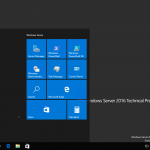How to setup Active Directory (AD) In Windows Server 2016
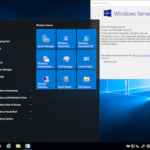
Windows Server 2016 is the newest server operating system released by Microsoft in October 12th, 2016. In this tutorial I will go through step by step on how to install the Active Directory ( AD ) role on Windows Server 2016. If you are setting up the server for production is recommended to set a static IP address on the…
Active Directory Tutorial
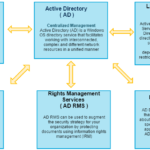
Active Directory has changed a lot since it’s birth in 1999. The first time I used Active Directory was around 2004 on a Windows 2003 server. We had an Exchange 2003 server, and I remember using active directory to create e-mail accounts. Back then, AD was basically just the “Active Directory Users, and Computers” snap-in, and a few other components.…
Set Windows Server 2016 with a static IP address
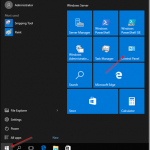
If you are setting up Windows Server 2016 as a domain controller or as any other production server function in your network it is recommended that you set it up with a static IP address. This is a quick how to guide on how to do that. Note: you need an administrator account on the server to set your Windows…
GPO for Google Chrome
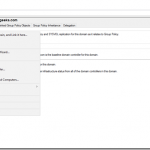
Google Chrome is the most popular browser in the US, and most likely around the world. People love it for its speed, plugins, and minimalist design. Managing Google Chrome in a corporate environment is a bit challenging though, especially if you manage your user’s browser settings through a network policy like a domain controller GPO. If you are reading this…
Create a new local user account in Windows Server 2016

When you install Windows Server 2016, the administrator account gets created by default, and it’s the account that is supposed to have the highest privilege on the server, but on Windows server 2016 you cannot even open the calculator with the administrator account ( I assume it is for security reasons, calculators are too dangerous you know ) so you…
How to set up DFS Namespaces in Windows Server 2016
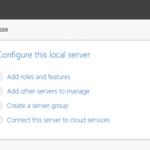
In this guide we will setup and configure DFS ( Distributed File System ) Namespaces in Windows Server 2016. DFS allows you to setup shared folders hosted on different servers into one or more logically structured namespaces. Each namespace appears to users as a single shared folder with a series of subfolders. This setup increases availability and automatically connects users…
Validation Results Error: Hyper-V cannot be installed. The processor does not have required virtualization capabilities
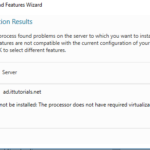
If you are installing the Hyper-V role feature on a virtualized ( Nested Virtualization )Windows 2016 server, and you get the following error: The validation process found problems on the server which you want to install features. The selected features are not compatible with the current configuration of your selected server. Click OK to select different features Then do this.…
Windows Server 2016 Installation
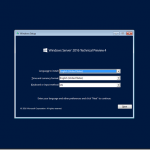
Windows Server 2016 hasn’t been released to the public for production yet. A technical preview version was released in November last year. if you want to learn what’s new and how to download the Window server 2016 technical preview ISO image, please look at this post What’s new in Windows Server 2016 In this tutorial I will go through the…
Production Checkpoints in Windows Server 2016
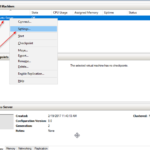
There are many exciting new features in Windows 2016 but one particular feature I want to write about today is Production Checkpoints . I believe Checkpoints or snapshots as they were originally called were introduced in Windows Server 2008 and they are very convenient if you are working in a nonproduction environment or with none transactional servers like SQL or…
